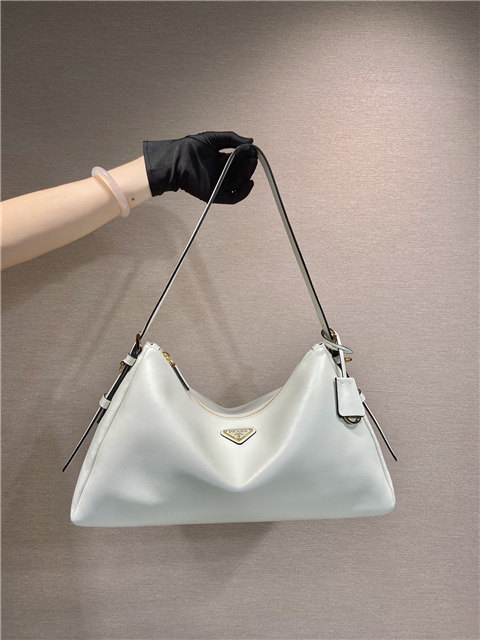So, here’s the deal, from what I gather (and I’m no watch repair guru, trust me, I’d probably break more than I fix), these fake batteries are flooding the market. We’re talking like, everywhere, from shady online marketplaces to maybe even your local corner store. And they’re not just, you know, not holding a charge. They’re straight-up *bad*.
Like, imagine putting a cheap, knock-off battery into your prized Pulsar LED watch (yeah, those super cool 70s ones!) and instead of a sweet glowing display, you get…nothing. Or worse, you get battery acid leaking all over the place, turning your fancy gold watch into a corroded paperweight. Ugh, the horror!
The main problem, it seems, is that these dodgy batteries aren’t made with the same care and precision as the real deal. They might be using inferior materials, or maybe their manufacturing process is just…off. Whatever the reason, they can leak, short circuit, or just plain explode (okay, maybe not explode explode, but you get the idea). And when that happens, they can fry your LED modules. Poof! No more glowing numbers.
And it’s not just vintage Pulsars that are at risk. Apparently, these fake batteries can wreak havoc on modern watches too. Something about silicone materials and modern technologies, blah blah blah. Honestly, some of the stuff I was reading was way over my head. But the bottom line is, if you’re popping a suspect battery into your expensive Rolex (or a replica!), you’re basically playing Russian Roulette with its lifespan.
My two cents? Don’t be a cheapskate when it comes to batteries. Buy from a reputable dealer, check for signs of fakes (look for weird spelling, mismatched packaging, anything that seems “off”), and if something seems too good to be true, it probably is. Save yourself the headache (and the expense of repairing your watch) and just shell out the extra few bucks for the real deal.


















































